Your cart is currently empty!

Climate Change: How It All Relates to Me
•
Climate change encompasses any long-term alteration in climate patterns, whether driven by natural variability or human activities. It presents significant challenges to poverty alleviation and the sustainability of rural livelihoods. Projections indicate that climate change will negatively impact agricultural productivity through reduced crop yields, lower livestock performance, and increased susceptibility to pests and diseases, driven by erratic rainfall, rising temperatures, and other climatic shifts.

In sub-Saharan Africa (SSA), climate variability remains a critical obstacle to achieving food security. The region faces extreme temperatures, irregular rainfall patterns, and low adoption of modern agricultural technologies (IPCC 2007; World Bank 2010). Despite contributing less than 5% to global greenhouse gas (GHG) emissions, SSA is among the most vulnerable to climate change due to its heavy dependence on rainfall for economic and social development (IAASTD 2009; Tol 2018).
Smallholder farmers in developing nations are particularly susceptible to weather variability, droughts, and unpredictable precipitation, which greatly affect agricultural output and household well-being (Olagunju et al. 2020; Dhanya et al. 2022). To mitigate these climate-related challenges, policymakers and stakeholders are promoting climate-smart agricultural (CSA) technologies.

CSA technologies comprise diverse innovations, practices, and services aimed at reducing the adverse effects of climate change on agricultural systems (Khatri-Chhetri et al. 2017). These include water-smart solutions such as rainwater harvesting, energy-smart practices like zero tillage, nutrient-smart approaches such as intercropping with legumes, weather-smart innovations like climate-smart livestock housing, and knowledge-smart strategies involving improved crop varieties (Khatri-Chhetri et al. 2017; Jones et al. 2023; Tadesse and Ahmed 2023; Li et al. 2024; Vishnoi and Kumar 2024).
Natural Climate Variability:
Climate change is a natural phenomenon influenced by the earth’s inherent variability. This variability results from intricate interactions among the atmosphere, oceans, and land, along with changes in the amount of solar radiation reaching the Earth.
Human-Induced Climate Change (Greenhouse Gases):
Certain gases, such as carbon dioxide (CO2) and water vapor (H2O), naturally trap heat in the atmosphere, creating the greenhouse effect. However, human activities, particularly the burning of fossil fuels like oil, coal, and natural gas, have dramatically increased CO2 levels. Recent CO2 concentrations are the highest in 650,000 years, leading to significant climate shifts driven by human-induced carbon emissions. These changes include rising global temperatures, widespread melting of snow and ice, sea level rise, and altered atmospheric and ocean circulation patterns, which affect wind and rainfall. Additionally, increased CO2 emissions have caused ocean acidification, as roughly a quarter of the CO2 produced by humans is absorbed by oceans, forming weak carbonic acid. This rising acidity threatens marine ecosystems, with early evidence showing adverse effects on some aquatic organisms. Scientists agree that reducing carbon emissions to sustainable levels can mitigate the worst effects of climate change.
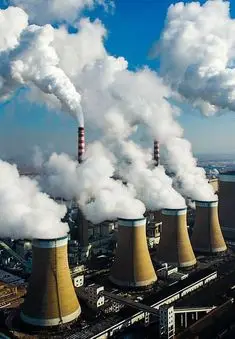
How Does Carbon Dioxide Affect Earth’s Climate?
The earth’s surface primarily receives heat from the sun. This heat is absorbed and then radiated back into space, maintaining an equilibrium over the long term. However, carbon dioxide in the atmosphere acts like a blanket, trapping heat and reducing the Earth’s ability to release it into space. An increase in atmospheric CO2 amplifies this effect, raising global temperatures and causing global warming. Everyday activities, such as using electrical appliances, indirectly contribute to rising temperatures. Electricity production often involves burning fossil fuels, which releases CO2 into the atmosphere. As CO2 levels increase, so does the earth’s temperature, disrupting the natural balance.
Evidence of Climate Change
Numerous indicators suggest that our climate is changing. Key signs include Rising Temperatures: Increased global air and ocean temperatures. Glaciers are sensitive markers of climate change and are retreating at unprecedented rates. For instance, Himalayan glaciers are melting faster than the global average, with 67% retreating significantly due to climate change. Shifts in Ecosystems: Changes in bird migration, butterfly behavior, fish populations, vegetation patterns, and precipitation. Sea-Level Rise: Rising global sea levels due to melting ice and thermal expansion of oceans. These observable changes emphasize the urgent need to address the drivers of climate change.
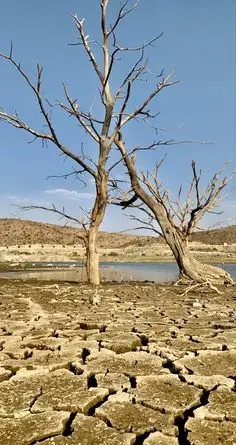
People and Climate Change: Human Impact on the Climate System
Climate changes have shaped Earth’s 4.6 billion-year history, with periods of glaciation and warmth driven by natural factors such as volcanic eruptions and variations in solar energy. However, over the past two centuries, human activities have caused greenhouse gas concentrations in the atmosphere to rise. This increase largely stems from burning fossil fuels in cars, factories, and for electricity generation. Additionally, growing human populations and demands for land have led to changes in land use, such as deforestation and agriculture, which contribute significant amounts of nitrous oxide and methane to the atmosphere.
Burning of Fossil Fuel
Since the start of the Industrial Revolution, the extensive burning of fossil fuels like coal, oil, and natural gas has powered factories, vehicles, and electricity production. Worldwide, industries release approximately 6.3 billion tonnes of carbon dioxide into the atmosphere annually. The Industrial Revolution marked the start of a period when humans began changing the composition and concentration of the atmosphere.
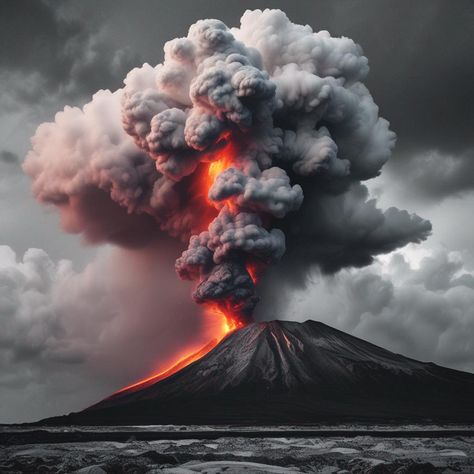
Vehicular Emissions
Worldwide, about 33 percent of carbon emissions come from the burning of gasoline in internal combustion engines of cars and trucks. On average, for each litre of petroleum a vehicle consumes, 2.3 kilograms of carbon dioxide are emitted into the air.
Farming and Agriculture
Carbon dioxide, nitrous oxide and methane are three primary gases from farming agriculture that contribute to global warming. Carbon dioxide is generated through various agricultural practices, such as tillage, and the consumption of energy and fuel. High soil nitrogen due to fertilization can lead to increased levels of N2O production. Besides, altering the earth’s land cover and land use, deforestation and desertification can also change the earth’s ability to absorb or reflect heat and light. Livestock production accounts for a significant amount of the world’s methane emissions. Animals like cows, sheep and goats digest their food, and they belch methane. With millions of animals on this planet, about 80 million tons of methane enter the atmosphere yearly.
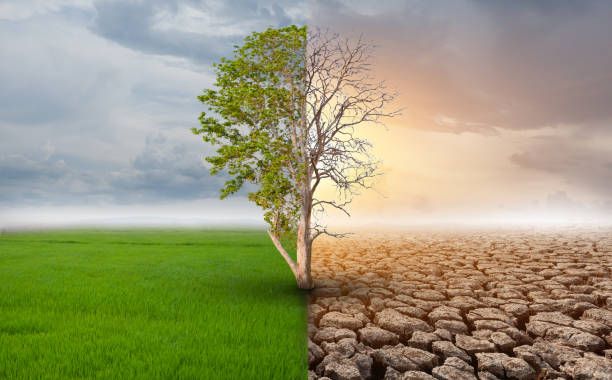
Deforestation
Deforestation is the clearing of Earth’s forests on a massive scale. Carbon sinks are reservoirs that absorb and sequester (store) CO2 from the atmosphere. Other natural carbon sinks include soils, peat in wetlands, permafrost (permanently frozen ground), or ocean water Trees absorb carbon dioxide from the atmosphere and store (sequester) it. Large numbers of trees, therefore, act as carbon sinks or reservoirs that accumulate carbon and help regulate the natural greenhouse effect. Trees also trap the sun’s energy for photosynthesis and only 12 to 15 percent are reflected into the atmosphere. Deforestation or clearing of large tracts of forests reduces the potential of forests to absorb both heat and carbon dioxide. Conversely, trees are composed of 50% carbon, so when they are cut down or burned, the stored carbon dioxide is released into the atmosphere. Deforestation accounts for 25 to 30% of annual greenhouse gas emissions, equivalent to 1.6 billion tonnes of greenhouse gases entering the air annually. Worldwide, some 13 million hectares of forests are lost every year in the tropics.
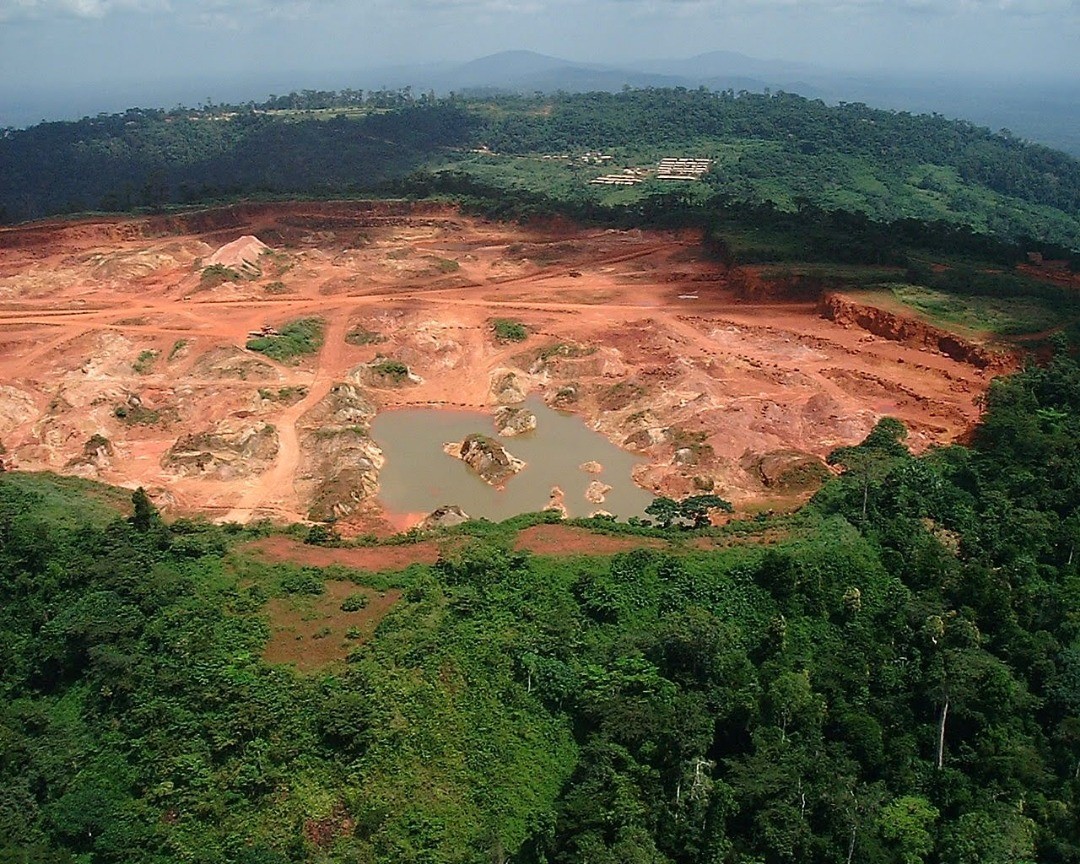
Climate Change: How It All Relates to Me
Climate change threatens the basic elements of life for people throughout the world. The most vulnerable ecological and socio-economic systems are those with the greatest sensitivity to climate change and the least ability to adapt. Sensitivity is the degree to which a system will respond to a given change in climate. Adaptability is the degree to which systems can adjust to, or in anticipation of, changed conditions. Vulnerability defines the extent to which climate change may damage or harm a system; this depends on the sensitivity and its ability to adapt.
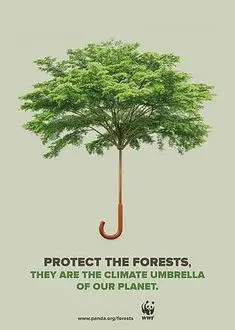
Effects on Agricultural Productivity and Food Security
The increasing frequency of heat stress, droughts, and floods poses significant challenges to agricultural productivity and food security. Key climate factors such as (i) temperature and (ii) rainfall can negatively impact crop yields, putting individuals and families at risk. Additionally, agriculture faces threats from wildfires, pest infestations, and pathogen outbreaks. Rising average temperatures can harm crops in regions where summer heat already constrains production, increase soil evaporation rates, and heighten the risk of severe droughts. Changes in rainfall patterns and amounts further exacerbate soil erosion and moisture loss, both crucial for sustaining crop yields.
Effects on Water Resources
Climate change is a key driver of the water (hydrological) cycle, influencing the availability and quality of water over time. Rising global temperatures disrupt this cycle, leading to drier dry seasons and wetter rainy seasons, with more frequent and intense droughts and floods. These disruptions significantly affect freshwater availability. Precipitation changes and glacier melting are already reducing freshwater resources, while increased air temperatures exacerbate water quality issues by raising water temperatures. This causes:
- Lower dissolved oxygen levels, which harm aquatic ecosystems.
- Increased presence of pathogens, nutrients, and invasive species.
- Higher concentrations of pollutants like ammonia.
- Enhanced algal bloom growth.
Droughts are expected to become more frequent as increasing temperatures increase the evaporation rates. By 2080, over three billion people could face heightened water scarcity.
Flood events are also projected to rise due to heavier rainfall linked to climate change. Various types of flooding—river floods, flash floods, urban floods, sewer floods, glacial lake outburst floods, and coastal floods—have already impacted over 140 million people worldwide, causing widespread damage to property and livelihoods.
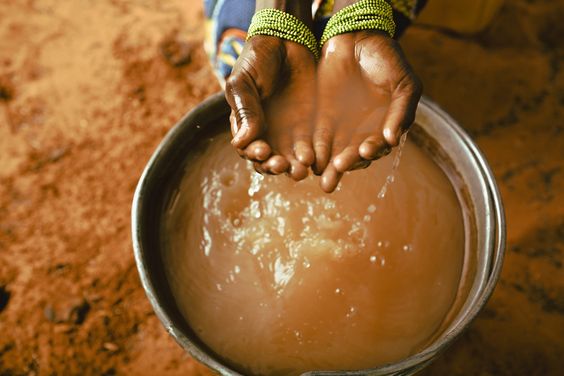
Sea Level Rise and Its Consequences
The rise of sea level is one of the most significant threats associated with global warming. As average global temperatures increase, ocean water expands, and additional water from melting glaciers and ice sheets contribute to rising sea levels. Thermal expansion has already raised ocean levels by 4–8 inches (10–20 centimeters). This rise poses severe risks to coral reefs and other ecosystems, with catastrophic consequences for millions living in islands and coastal zones.
Ecosystem and Biodiversity Impacts
An ecosystem is a complex, interconnected system of plants, animals, and microorganisms. The survival of each life form depends on the support of others within its ecosystem. This delicate balance relies on interactions between predators and prey, fire and water, food and shelter, clean air, and open spaces. Climate plays a crucial role in maintaining this equilibrium, and any changes can disrupt the organisms, resources, and services ecosystems provide to each other and society. Human communities depend on ecosystems for natural, cultural, spiritual, recreational, and aesthetic resources.
Global temperature increases could significantly alter terrestrial ecosystems. Some species may be forced out of their habitats or face extinction due to shifting environmental conditions, while others may thrive. Particularly vulnerable are Arctic and Antarctic mammals like polar bears and Emperor Penguins, which are at risk from climate-induced habitat changes.
Climate Change and Health Impacts
Around the world, many diseases and threats to human health are closely tied to local climate conditions. Extreme temperatures can directly lead to loss of life, while climate-related changes in ecological systems—such as the shifting range of parasites—can indirectly cause severe infectious diseases. Additionally, rising temperatures can worsen air and water pollution, further endangering human health.
Heat-Related Illnesses
Increasing average temperatures are expected to raise the frequency of heatwaves and extreme heat events globally. This leads to a higher incidence of heat-related illnesses, such as heat exhaustion and heat stroke, and worsens pre-existing circulatory, respiratory, and nervous system conditions. Vulnerable groups, including the elderly (over 75), young children (under 4), and individuals with pre-existing health issues, are particularly at risk during heatwaves.
Vector-Borne Diseases
Climate change is likely to heighten the risk of vector-borne diseases, which are transmitted by mosquitoes, insects, and rodents. Diseases such as malaria, dengue fever, yellow fever, and encephalitis may become more prevalent as rising temperatures, humidity, and altered rainfall patterns create favorable conditions for vector breeding. For instance, the female Anopheles mosquito, which spreads malaria, could benefit from these changes. Prolonged transmission seasons and expanding geographic ranges may expose new regions lacking immunity or adequate public health infrastructure to these diseases.
Water-Borne Diseases
Global climate change is expected to bring rising temperatures and alter the frequency of extreme hydrological events, such as floods and droughts. Heavy precipitation often leads to significant societal challenges, including an increased risk of waterborne disease outbreaks. These diseases, transmitted through contaminated drinking water, become more prevalent with changes in temperature and rainfall patterns. Such changes heighten the risk of flooding, reduce the availability of fresh water for domestic use, and escalate water-related diseases like diarrhea. Additionally, rising temperatures and increased runoff can lead to microbiological contamination of surface water and exacerbate diarrheal diseases.

Respiratory Diseases
There has been a notable increase in respiratory diseases, driven by air pollutants like nitrogen dioxide and sulfur dioxide, which worsen cardiovascular and lung conditions. Greenhouse gas emissions are expected to intensify air pollution, particularly in urban areas where asthma cases are rising annually. Factors such as rapid urbanization and climate change are believed to contribute. Additionally, warming temperatures may lead to earlier and prolonged flowering and pollen seasons, aggravating allergic conditions like rhinitis, asthma, and other atopic diseases.
Malnutrition
Climate change affects food production systems, as agricultural productivity depends heavily on climate and weather patterns. Changes in temperature, rainfall, soil moisture, and fertility become favorable for crop pests. They negatively impact food production, particularly for vegetables and cereals. This poses a serious threat to food security, leading to widespread malnutrition. Such conditions impact child growth and development and pose health risks for adults.
Psychosocial Stress
Natural disasters not only cause destruction and loss of life but also result in significant displacement. Survivors often endure physical injuries and the psychological stress of losing loved ones, homes, and livelihoods, which can have both temporary and long-term effects on mental health. Climate change may exacerbate social disruption, economic decline, and population displacement due to its effects on agriculture and extreme weather events.
How Can I Make a Difference?
Having explored the causes and impacts of climate change—on forests, animals, agriculture, water, and human health—it is clear that human activities contribute significantly to greenhouse gas emissions. Activities like cooking, heating homes, driving, and waste disposal accelerate global warming and climate change. Addressing climate-related health issues involves two main strategies:
Mitigation: Reducing the causes of climate change and its consequences on human health. This includes cutting greenhouse gas emissions through lifestyle and behavior changes across all sectors.
- Adaptation: Enhancing our capacity to handle climate change-related hazards and health risks by being better prepared.
- By adopting these strategies, individuals and communities can contribute to minimizing the health impacts of climate change.
Leave a Reply